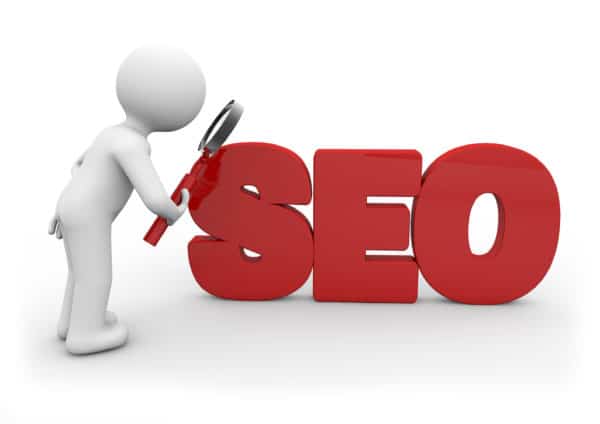
Broken links occur when a developer deletes a page, places an incorrect URL in a link field or sporadically changes the address without correctly updating it beforehand. If not addressed properly and allowed to build up, they can collectively have a significance impact on your SEO efforts and users’ experience.
Online marketing agencies continually monitor broken links as they can recognise how damaging they can be to a site, with search engine rankings and user experience being common areas where your website can take a hit.
Your site, brand and reputation can all be affected by one single broken link, but what impact does it have on your SEO?
From turning away users to being frowned upon by Google, we share how broken links can affect your business’ SEO efforts (and how to fix them).
SEO impacts of broken links
Usability and experience are the main basis in which Google base their algorithm on so when search engine spiders that crawl your website and find broken links, they treat it as a dead end. A site with many ‘dead ends’ tell the search engine that your site has poor usability and is not worth ranking highly.
Broken links can also lead to a reduction in website traffic – another factor that search engines consider when determining rankings for search terms. A user visiting your site will be discouraged from finding a broken link and bounce straight off your page.
In a search engines’ eyes, this signifies a site that isn’t providing people with the correct quality information – meaning that your competitors are likely to rank ahead of you for similar keywords and search queries.
User-friendly experience
As internet users ourselves, we’ve all run into a broken link at some point. It can be frustrating at the worst of times and can add extra unnecessary time when searching for something in particular.
Not only will your bounce rate rocket once a visitor discovers a broken link on your site, but they will search for competitors’ with a more reliable index of pages. A site that operates with minimal broken links is likely to gain trust. When this trust is broken, it’s unlikely that the visitor will return.
When a person visits your site and runs into a link that is broken, the chances are that they’ll remember your site and avoid in the future. Remember; you never get a second chance to make a first impression!
As we’ve mentioned before, the key to fully optimising your website for SEO is ensuring that it is user-friendly for a human. Search engines are getting smarter when recognising a site that is built solely for SEO purposes, so takes the usability of your website into consideration when determining rankings.
Finding and fixing broken links
There is no need to manually search through all of the internal and external links your site has referenced – there are many online tools that can do this for you to take away the headache!
Google Webmaster Tools is the most reliable source for business owners to check for broken links, but online services like Yoast SEO, Broken Link Checker and Integrity all have the ability to can your site for dead end-links.
Once you’ve found the links on your website that are invalid, it’s important to get them fixed. This can be done by correcting the link, replacing it with an updated URL address or removing the link altogether.
With such a huge range of online tools that can be used to help you check for broken links, there’s no excuse to slack! Make finding and fixing broken links on your site a priority or your rankings and income could take a hit.
To find out more about how broken links can affect your SEO, get in touch with an expert in online marketing and let them advise you on which links are valuable to keep within your profile.
Author profile:
Sam Allcock – Director and Founder of Custard Online Marketing
Sam is an SEO and content marketing professional with industry-leading expertise in online PR, social strategy, e-commerce and database marketing.
Twitter: @CustardMedia
 Gearfuse Technology, Science, Culture & More
Gearfuse Technology, Science, Culture & More


